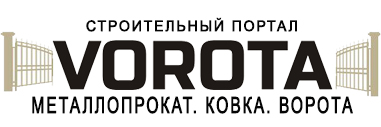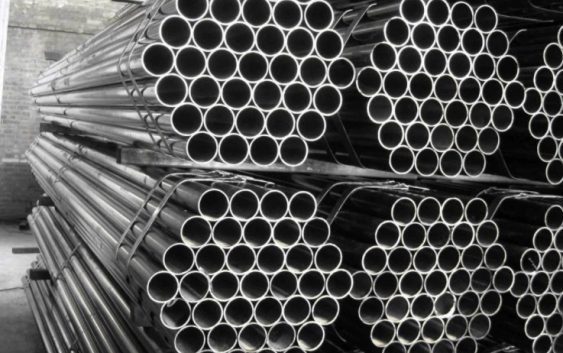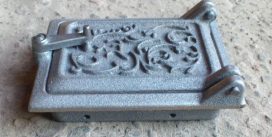Steel - an iron alloy (no less 45%) with carbon (no more 2,14%) and other chemical elements.
classification of steels
Steels are classified as intended for future use, chemical composition, quality, structure.
Upon designation of steel can be divided into structural, corrosion resistant (stainless), instrumental, heat-resistant, krïogennıe.
Alloy - steel containing specially administered, in certain amounts, elements, which provide the required physical and mechanical properties. These elements are called alloying. Usually, doping increases the strength, corrosion resistance of the steel, reduce fragility. Alloyed steel according to the degree of doping is separated into: low alloy (alloying elements to 2,5 %); srednelegirovannoj (from 2,5 to 10 %); high-alloy (from 10 to 50 %).
Structural - steels used in the manufacture of various parts, mechanisms and structures in mechanical engineering and construction, has a certain mechanical, physical and chemical properties.
Stainless - Alloy Steel, resistant to atmospheric corrosion and corrosive environments.
Instrumental carbon - carbon steel with a content of 0,7 % and higher. It is characterized by high hardness and durability and used for production of tools.
Heat-resistant - a type of steel, which is to be used at high temperatures (from 30% of the melting point).
According to the chemical composition of steel is divided into carbon and alloy.
The carbon level of the steel by carbon, in turn, are divided into: low carbon (percentage of carbon content to 0,25%), sredneuglerodistoj (0,3–0,55%) and high-carbon (0,6–2 %). Carbon gives the alloy of iron added strength and toughness, but, wherein, lowering their viscosity and plasticity.
Carbon steel of ordinary quality
Carbon steel of ordinary quality contains carbon in the range 0,06-0,49%. This group includes the following grades of steel: CT1, cm2, G3, G4, St5, St6, St0. According to the chemical composition of this type of steel must comply with GOST 380-94, and metal produced from it should correspond to the general technical requirements GOST 535-2005.
Most often used for manufacturing metal grade steel St3sp / ps1-5: It is made of high-quality, shaped, sheet and rolled coil, as well as hot pipes.
Qualitative Carbon Steel
Mild-quality structural steel (stamps 08, 08kp, 08ps) - used in the manufacture of sheet metal. This mild steel, and it is easy to process by stamping, pressure, profiling.
Qualitative structural steel (stamps 10, 15, 20, 25) - used in the manufacture of steel pipes, in mechanical engineering. It has higher strength and korrozeustoychivostyu compared to St3 mark.
Solid quality steel (stamps 30, 35, 40, 45) - is used in mechanical engineering in the manufacture of highly loaded machine parts. These steels possess a high resistance to wear and more resistant to corrosion.
To improve the steel characteristics apply it doping. doping goal - is to increase: strength, corrosion resistance, heat resistance, heat resistance, etc..
Doping - a process of adding impurities in the materials, introduced to modify the properties of the base material.
Alloy steels by the contents of the alloying elements are divided into low-alloy (to 4%), srednelegirovannye (to 11%) and high (more 11%).
Become, depending on their production pathway, may contain different amounts of impurities.
Impurity Level determine (classifies) steel quality: ordinary quality, quality, high-quality and high-quality.
According to the structure become separated into austenite, ferritic, martensitnuyu, beynitnuyu and perlitnuyu and dvuhfaznuyu and mnogofaznuyu.
Steelmaking consists in processing iron, wherein the carbon in the cast iron decreases the concentration of impurities and other unnecessary.
Physical and chemical properties of steel is determined by its composition and structure, which depend on the presence and percentage of the following main components:
Carbon - increase in the content element which increases the hardness and strength of the steel by reducing its ductility.
Sulfur - harmful impurities, which affects the steel brittle, reduces the ductility and strength of the steel, wear resistance and corrosion resistance.
Phosphorus - harmful impurities, which affects cold cracking (brittleness at low temperatures) become.
Ferrit - admixture, which gives the steel soft and pliable.
Cementite - admixture, which gives the steel hardness and brittleness.
Silicon and manganese, while the percentage of the order of 0.5-0.7% significant effect on the properties of the steel do not have.
Not treated steel is very plastic, it can be processed by deforming: forging, rolling, stamping.



